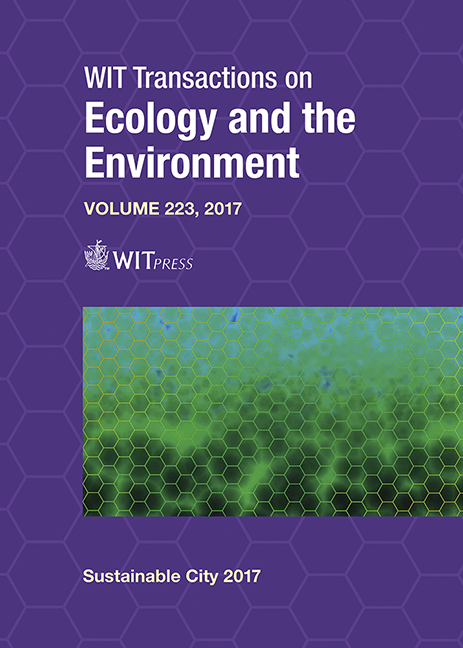CONSIDERING NEW URBANISM, NEW RURALISM AND GREEN URBANISM IN RESPONSE TO MULTIFUNCTIONALITY: THE CASE OF VERKYKERSKOP, SOUTH AFRICA
Price
Free (open access)
Transaction
Volume
223
Pages
15
Page Range
73 - 87
Published
2017
Size
921 kb
Paper DOI
10.2495/SC170071
Copyright
WIT Press
Author(s)
JAKO VIVIERS, SELNA G. CORNELIUS, ELIZELLE J. CILLIERS
Abstract
Paul Davidoff charged planners in 1965, as a profession making urban life more beautiful, exciting, creative and more just, as having little to say. The task thereupon was to train a generation of planners to go well beyond the designers of the sixties in their ability to prescribe future urban life. Nijkamp, in 1980, affirms the utopians’ claim that the future is open and flexible, and that every development in the community, could imply a surprising step towards something better. A half century since Davidoff’s indications, planners encounter ever expanding planning approaches, “towards something better”, ranging from compact cities, transit oriented developments, new urbanism, new ruralism, shared cities, to smart growth and, of late, green urbanism and eco-cities; all in response to multifunctionality. Although the concept of multifunctionality has gained increasing attention the last decade, there is much frustration amongst planners regarding a proper set of broadly based definitions and clear statements concerning its scientific points of departure. This research argues that a combination of planning approaches are a more suitable response in attaining multifunctional land use; especially as megatrends underscore the need for moving away from seeking a predictable single future or outcome. The uniqueness of the Southern African landscape, inherently being rural, necessitated a rural accentuation on multifunctionality. Applying theory-based sampling as part of qualitative inquiry into the recently planned rural village of Verkykerskop, acclaimed by the Charter for New Urbanism in 2012, it is questioned whether the reciprocal employment of planning approaches induced multifunctional rural land use. Offering a design philosophy, whereby “farming, playing and living” is attained through the combined appliance of new urbanism, rural urbanism and green urbanism in planning the rural village, conclusions are drawn relating to the conduciveness of these approaches in achieving multifunctional rural land use.
Keywords
multifunctionality, multifunctional land use, multifunctional rural land use, new urbanism, new ruralism and green urbanism





